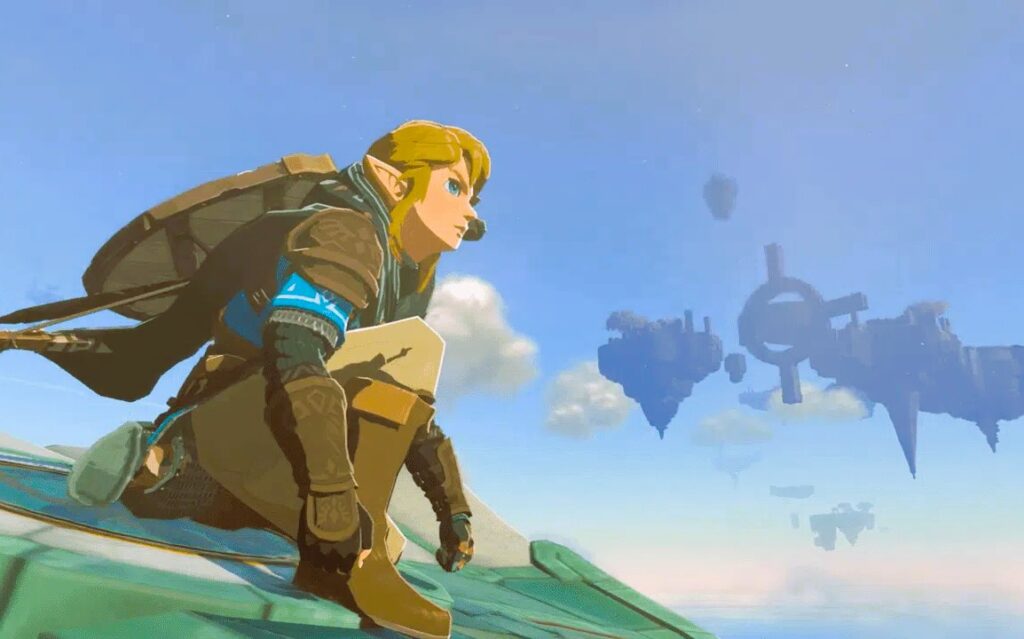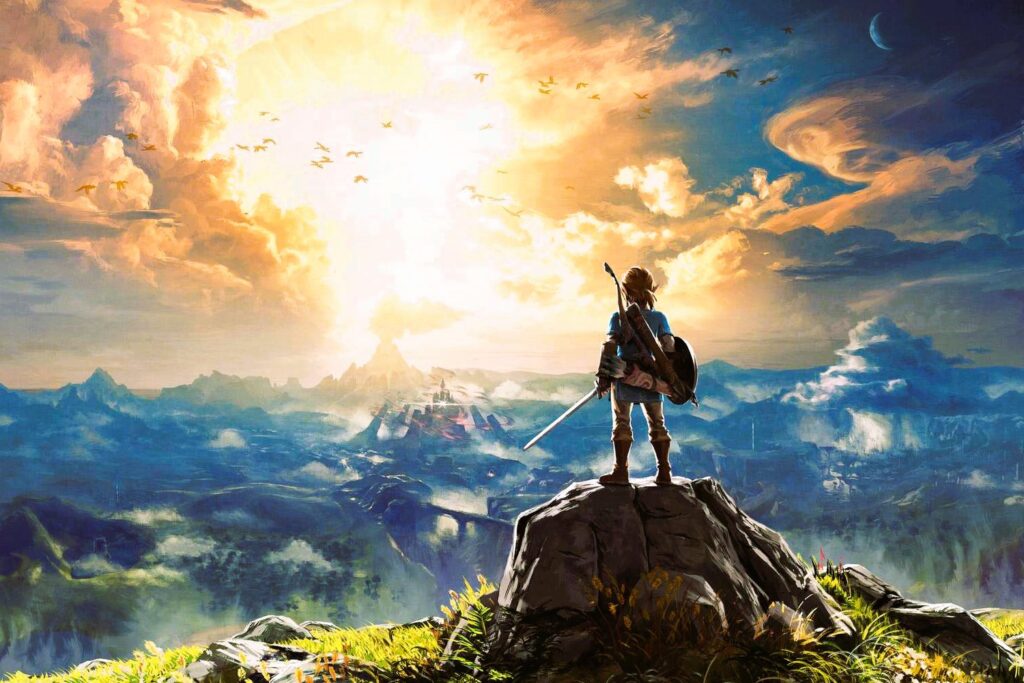
The Legend of Zelda: Breath of the Wild stands as a monumental achievement in the world of gaming, captivating players with its expansive open world, innovative gameplay mechanics, and rich storytelling. However, behind the game’s critical and commercial success lies a meticulously crafted marketing strategy that played a significant role in generating anticipation and excitement among fans. In this article, we’ll delve into the marketing strategy of The Legend of Zelda: Breath of the Wild and explore the key tactics that contributed to its success.
1. Teaser Trailers and Announcements
The marketing campaign for The Legend of Zelda: Breath of the Wild began with a series of teaser trailers and announcements that provided tantalizing glimpses into the game’s world and mechanics. These early teasers, released at gaming conventions and online events, sparked excitement and speculation among fans, setting the stage for what was to come. By strategically releasing teaser trailers over time, Nintendo kept anticipation for the game at a fever pitch leading up to its release.
2. Interactive Website and Social Media Campaigns

Nintendo utilized its official website and social media channels to engage with fans and build hype for The Legend of Zelda: Breath of the Wild. The game’s website featured interactive elements, behind-the-scenes insights, and developer interviews that provided fans with a deeper understanding of the game’s development process and features. Meanwhile, social media campaigns on platforms like Twitter and Facebook encouraged fans to share their excitement and connect with one another, fostering a sense of community around the game.
3. Hands-On Demos and Events
In the months leading up to its release, Nintendo showcased The Legend of Zelda: Breath of the Wild at gaming conventions, industry events, and promotional tours worldwide. These hands-on demos allowed players to experience the game firsthand and provided valuable feedback to the developers. Additionally, Nintendo hosted special events and competitions where fans could participate in challenges and win exclusive prizes, further fueling excitement and anticipation for the game’s release.
4. Collaboration with Influencers and Partnerships
Nintendo collaborated with influencers, content creators, and brands to promote The Legend of Zelda: Breath of the Wild to a broader audience. Influencers and YouTubers were invited to exclusive preview events and provided with early access to the game, allowing them to create content and generate buzz among their followers. Additionally, Nintendo partnered with brands and retailers to offer exclusive merchandise, pre-order bonuses, and limited-edition bundles, incentivizing fans to purchase the game. Understanding backlink strategies for game promotion, read more in our article.
5. Post-Launch Support and Expansion Pass
Following its release, Nintendo continued to support The Legend of Zelda: Breath of the Wild with post-launch updates and an expansion pass. These updates introduced new features, challenges, and story content that kept players engaged and invested in the game long after its initial release. The expansion pass, which included two downloadable content (DLC) packs, offered additional adventures and rewards for players, extending the game’s lifespan and maintaining interest in the franchise.
6. Critical Acclaim and Awards

Upon its release, The Legend of Zelda: Breath of the Wild received widespread critical acclaim and numerous awards, further bolstering its reputation as one of the greatest video games of all time. The game’s accolades, including multiple Game of the Year awards, helped generate additional publicity and attract new players to the franchise. The critical acclaim and awards served as a testament to the quality of the game and the effectiveness of Nintendo’s marketing strategy.
Conclusion
In conclusion, the marketing strategy of The Legend of Zelda: Breath of the Wild played a crucial role in generating anticipation and excitement for the game and contributing to its critical and commercial success. Through teaser trailers, interactive websites, hands-on demos, collaborations with influencers and partners, post-launch support, and critical acclaim, Nintendo successfully built hype and anticipation for the game, cementing its place as a beloved and iconic franchise in the world of gaming.
For further information on The Legend of Zelda: Breath of the Wild and its marketing strategy, consider visiting reputable sources such as Minecraft Server Hosting. These platforms offer valuable insights and resources for fans and enthusiasts looking to learn more about the game’s development, marketing, and legacy.
